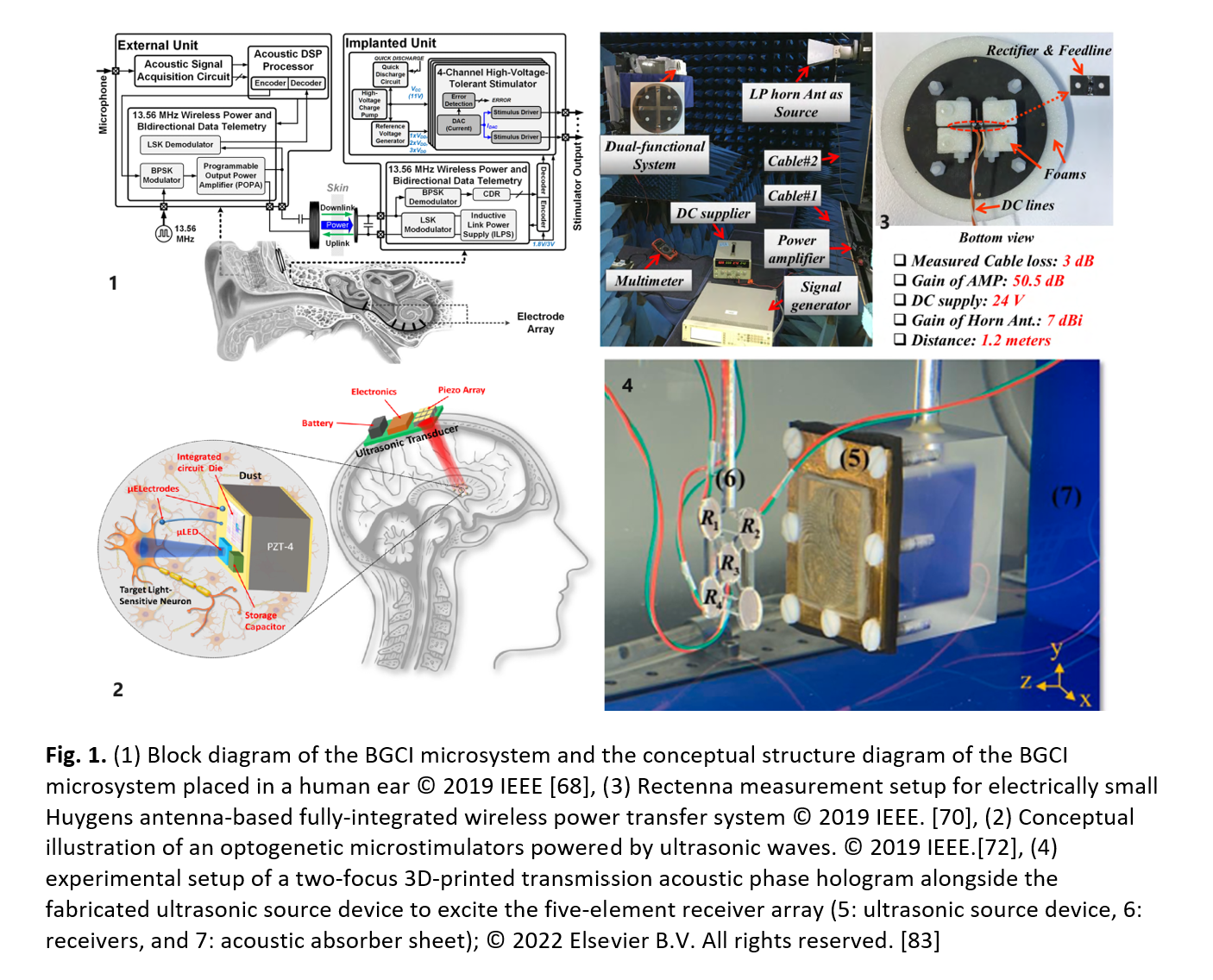A Comparative Review on Acoustic and Inductive Power Transfer
DOI:
https://doi.org/10.37934/araset.44.1.188224Keywords:
Acoustic power transfer, Inductive power transfer, Electric vehiclesAbstract
Wireless Power Transmission (WPT) has emerged as a prominent player in numerous industries recently. It is already established in wireless charging for electric cars and electronic gadgets. However, it has promising applications in medical implants and imaging as well. Among several proposals, Inductive Power Transfer (IPT) and Acoustic Power Transfer (APT) have shown a major impact on this area of interest. This paper presents a comparison between IPT and APT for wireless power transmission (WPT). Most recent proposals are reported, and several key parameters are considered to evaluate the proposals. That includes operating frequencies, separations gaps, powers and power transmission efficiencies and experimental validity. It is found from the review that; a maximum 818 kW of power is transmitted using IPT for electric vehicles. However, APT can transmit 1.068 kW and 5.4 W through wall and in-body medium (implants). Over 90% efficiencies are found for both APT and IPT. In fact, power transfer with 95.66% efficiency over a 6 cm distance of 23.4 W is achieved for APT and 95.6% with 20 cm separation gaps is achieved for IPT for 20 kW power. A wide range of frequencies are applied for both APT and IPT. However, lower frequencies are mostly suitable for high power, more specifically less than MHz ranges. Naturally, lower frequencies are preferable for low power high efficiencies.
Downloads





























